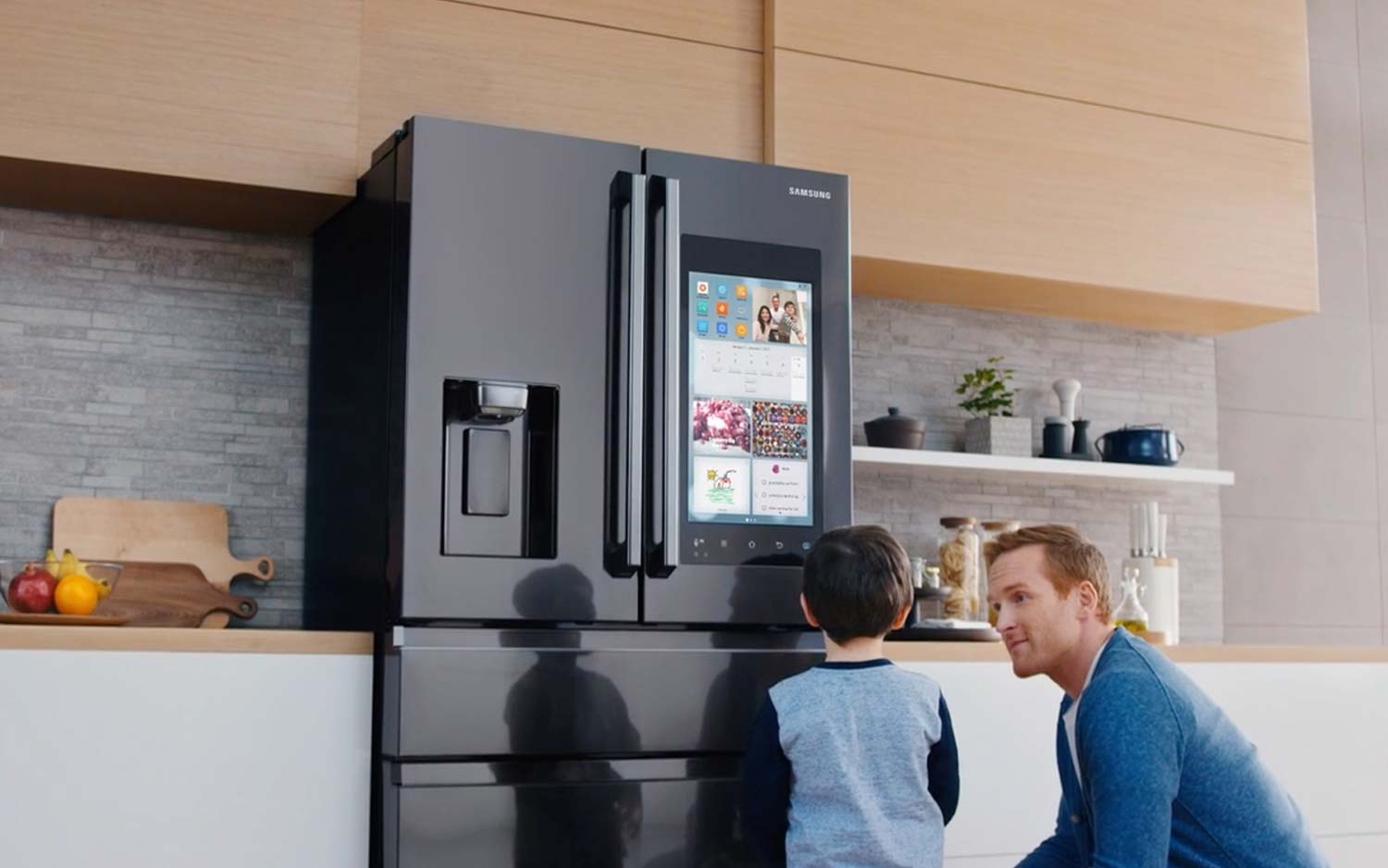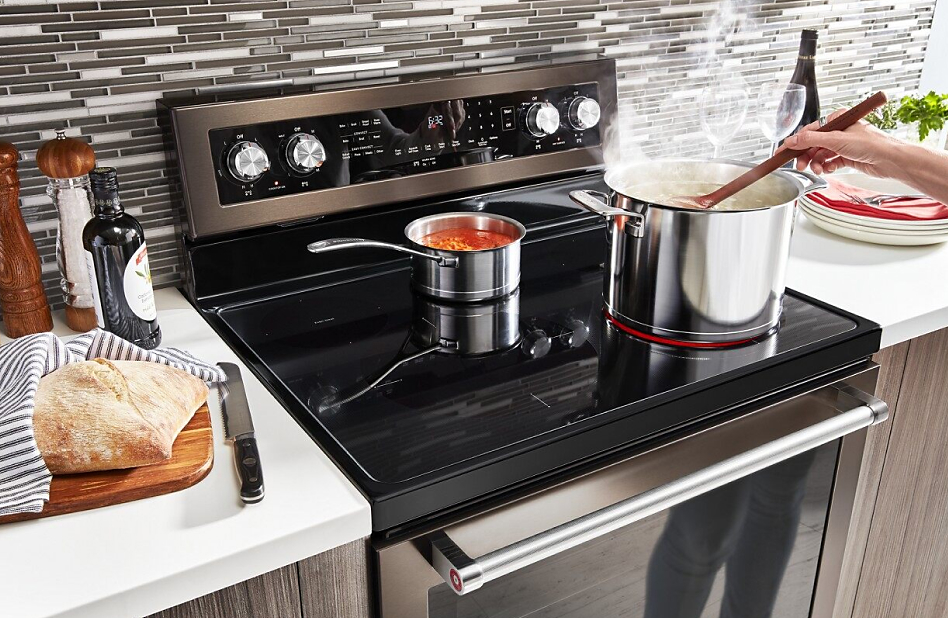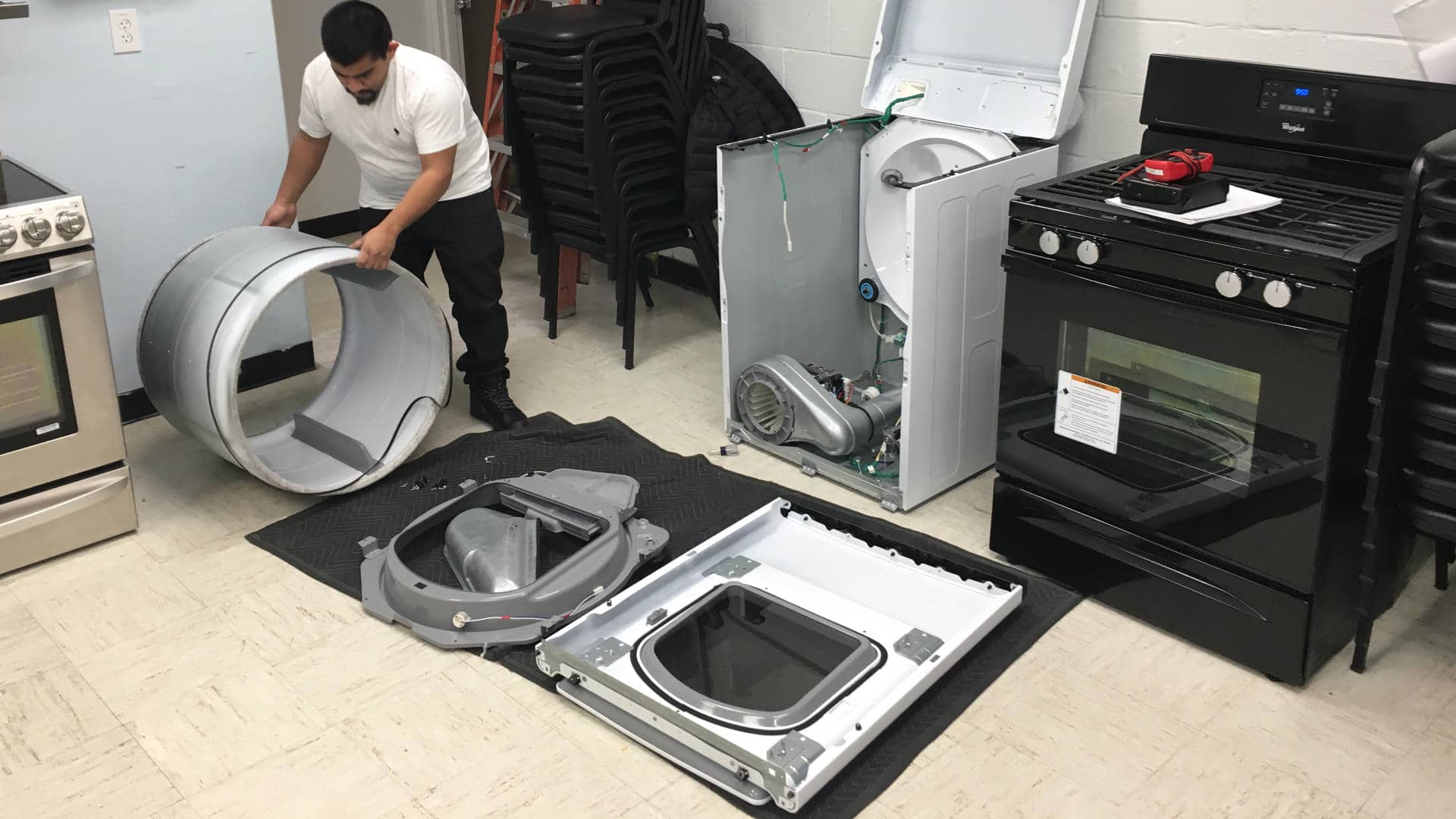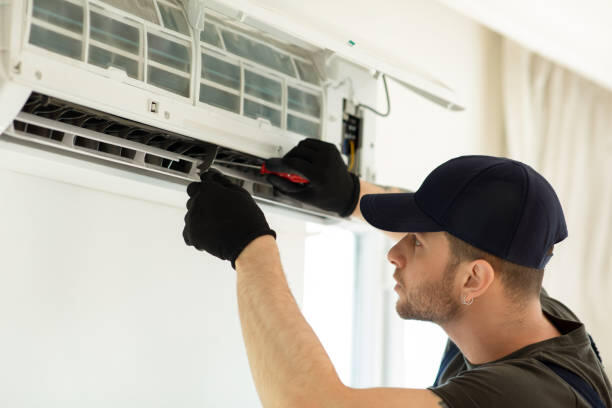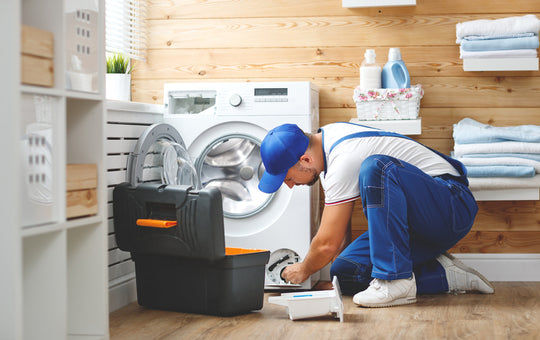Smart Homes: Navigating the Future of Appliances
The dawn of the future has arrived, heralded by the rapid evolution of smart technologies that are transforming the very fabric of our domestic lives. The era of straightforward, single-purpose home appliances is being eclipsed by a new age of intelligence and connectivity. Modern homes are now arenas of unprecedented intelligence, equipped with smart appliances that do far more than perform mundane tasks. These devices are designed to anticipate our needs, adapt to our habits, and communicate fluidly with the broader ecosystem of our connected lives. This seismic shift towards smarter living is not just about enhancing efficiency; it's about redefining the essence of home life, making it more responsive, intuitive, and, ultimately, more attuned to our personal needs and environmental sustainability.
This blog post ventures into the dynamic realm of next-generation smart home appliances, exploring the innovative features that set them apart and the emerging trends that promise to further revolutionize smart home technology. From AI-driven personalization to eco-friendly operations, we're standing at the threshold of a future where our homes are not just places we live but intelligent partners that enrich our daily experiences and contribute to a healthier planet. Let's embark on this journey to uncover how the latest advancements in smart home appliances are crafting the homes of the future, today.
New Generation Smart Home Appliances and Features
The landscape of home appliances is undergoing a remarkable transformation, driven by the integration of artificial intelligence (AI) and machine learning. These technologies are not merely additions but are core to enabling devices to learn from user interactions, optimizing their operations for a highly personalized experience. Refrigerators can now track expiration dates and suggest recipes based on available ingredients, while washing machines adjust water usage and cycle settings based on the load's weight and fabric type. This level of adaptability ensures not only convenience but also a significant enhancement in efficiency and resource management.
Connectivity and integration have become the backbone of the smart home ecosystem, with devices no longer operating in isolation but as part of a cohesive, interconnected network. This evolution is facilitated by standards like Wi-Fi, Bluetooth, and Zigbee, allowing appliances to communicate with each other and with central smart home hubs. Users can control their home environment from a single app or voice command, from adjusting the thermostat to preheating the oven, creating a seamless and integrated home experience that was once the realm of science fiction.
Energy efficiency and sustainability are at the forefront of the design and functionality of new generation smart appliances. Manufacturers are increasingly focusing on reducing the environmental impact of their products, with appliances that consume less energy and water, have a longer lifespan, and use recyclable materials. Smart thermostats optimize heating and cooling systems to reduce energy consumption, while smart lighting systems adjust based on natural light availability, significantly lowering electricity bills and contributing to a more sustainable home.
The user interface of smart appliances has evolved dramatically, moving beyond buttons and screens to more intuitive and interactive methods of control. Voice assistants like Amazon's Alexa, Google Assistant, and Apple's Siri have become central to operating smart appliances, allowing for hands-free control that enhances accessibility and convenience. Gesture recognition and touch-sensitive surfaces are also becoming more common, enabling users to interact with their appliances in more natural and engaging ways. These innovations are not only making smart appliances more user-friendly but are also opening up new possibilities for how we live and interact with our homes.
The new generation of smart home appliances, with their advanced AI and machine learning capabilities, enhanced connectivity, commitment to energy efficiency and sustainability, and innovative user interfaces, are redefining what it means to live in a smart home. They offer a glimpse into a future where our homes are not just places of residence but intelligent environments that respond to and anticipate our needs, making our lives more comfortable, convenient, and in tune with the environment.
Trends in Smart Home Technologies
The Internet of Things (IoT) is rapidly expanding, weaving a fabric of connectivity that extends throughout the modern home. This burgeoning network encompasses a diverse range of devices, from the conventional kitchen and laundry appliances to more nuanced integrations like smart mirrors and bathroom fixtures. The essence of the IoT expansion lies in its ability to enhance both convenience and control, offering homeowners unparalleled management over their living spaces. This connectivity not only simplifies routine tasks through automation but also fosters a level of interaction between devices that can proactively address the occupants' needs, creating a living environment that is both intelligent and intuitive.
As our homes become more connected, the imperative for enhanced security features within smart appliances has never been more critical. Recognizing the potential vulnerabilities that come with increased connectivity, manufacturers are embedding advanced security technologies into their devices. These include sophisticated encryption methods, secure boot processes, and automatic security updates that work collectively to safeguard user data and protect against unauthorized access. This focus on security ensures that as our homes grow smarter, they also become safer, providing peace of mind in the digital age.
Personalization and customization are becoming hallmarks of smart home technology. Today's smart appliances are capable of learning from user interactions to adapt and tailor their functions to suit individual preferences. This goes beyond mere programmability to a more dynamic level of personalization, where devices can suggest activities, recipes, or environmental settings based on historical user behavior and preferences. This trend not only enhances the user experience but also contributes to energy efficiency and waste reduction, as appliances operate more intelligently and with greater awareness of user needs.
Augmented reality (AR) and virtual reality (VR) are poised to revolutionize the way we interact with smart home appliances. These technologies are being leveraged for a variety of purposes, from assisting with the setup and installation of devices to providing virtual demonstrations of appliance features. AR and VR can also offer innovative troubleshooting support, allowing users to perform maintenance or repairs with real-time, step-by-step guidance overlayed onto their field of vision. This immersive approach not only enriches the user experience but also demystifies the technology, making smart appliances more accessible and user-friendly.
As we navigate these trends, it's clear that the future of smart home technology is not just about automation and connectivity; it's about creating a more personalized, secure, and interactive living environment. The evolution of smart home technologies promises to make our homes not only more intelligent but also more attuned to our individual lifestyles and needs.
Conclusion
The landscape of home living is being transformed by the relentless march of smart technologies, heralding a new era where convenience, efficiency, and personalization become the cornerstones of our daily existence. The horizon is bright with the potential of smart appliances that do more than automate tasks; they promise to enrich our lives in myriad ways, some of which we are only starting to envision. By welcoming these innovations into our homes, we stand on the brink of a future characterized by intelligent, sustainable living spaces that respond to our every whim with precision and insight.
Dive into the future of home living by integrating the latest smart home technologies into your daily life. Discover the cutting-edge features of new-generation smart appliances and stay at the forefront of trends that are set to redefine convenience and innovation in your living spaces. The future is not just smart—it's tailored to your lifestyle, and it starts right in your home.
